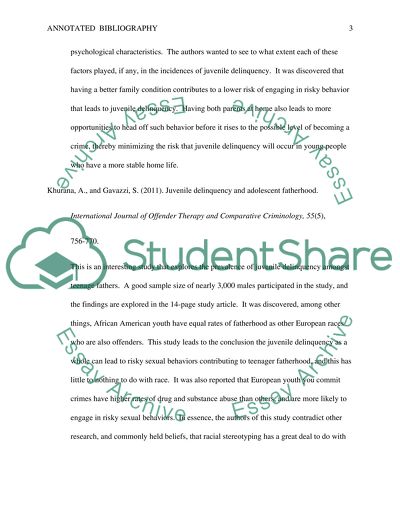Cite this document
(“Juvenile Delinquency in Context Research Paper Example | Topics and Well Written Essays - 1250 words”, n.d.)
Retrieved from https://studentshare.org/law/1489569-juvenile-delinquency-in-context
Retrieved from https://studentshare.org/law/1489569-juvenile-delinquency-in-context
(Juvenile Delinquency in Context Research Paper Example | Topics and Well Written Essays - 1250 Words)
https://studentshare.org/law/1489569-juvenile-delinquency-in-context.
https://studentshare.org/law/1489569-juvenile-delinquency-in-context.
“Juvenile Delinquency in Context Research Paper Example | Topics and Well Written Essays - 1250 Words”, n.d. https://studentshare.org/law/1489569-juvenile-delinquency-in-context.


